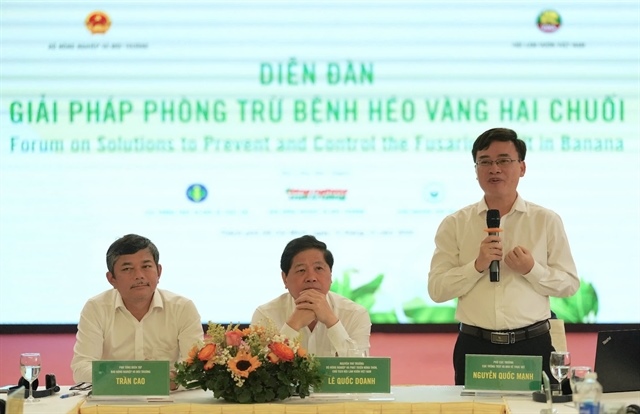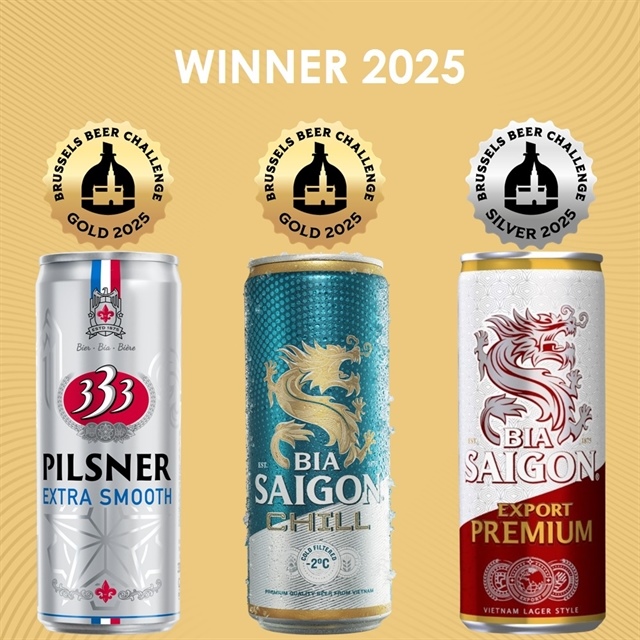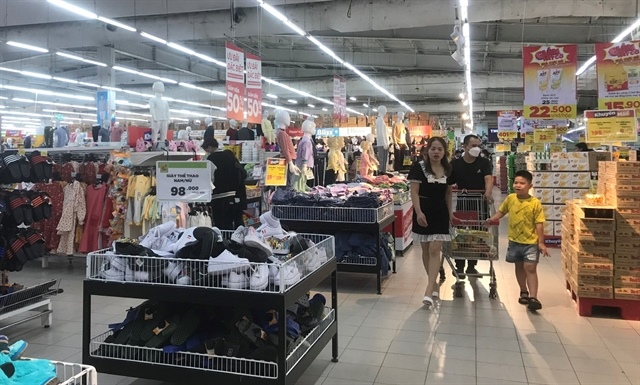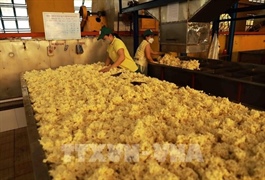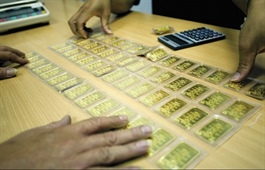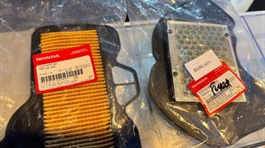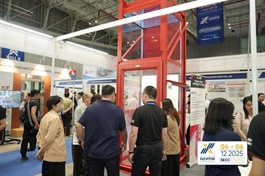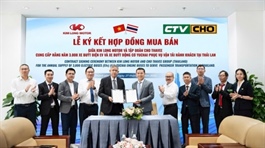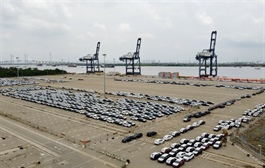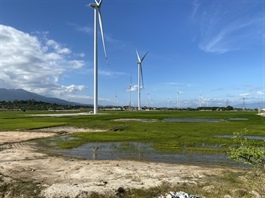Centralised slaughtering facilities a pressing issue
Centralised slaughtering facilities a pressing issue
The development of centralised slaughtering facilities that meet veterinary hygiene, disease safety, and food safety standards is urgently needed to prevent low-quality meat from entering the market.
In early June, the Ministry of Agriculture and Environment (MoAE) issued a directive to people’s committees nationwide, urging decisive action to improve the management of slaughterhouses.
A key guideline from the MoAE is for localities to prioritise the development of centralised slaughtering facilities that comply with veterinary hygiene, disease safety, and food safety standards. In addition, proactive monitoring of animal-based food products should be implemented.
The move follows a series of incidents involving pig slaughtering in the central provinces of Ha Tinh and Quang Tri, and alleged violations at a major retail chain in the southern province of Soc Trang. The directive calls for tighter control over slaughtering practices to ensure food safety.
It highlights two serious cases uncovered in late May and early June. On May 30, Ha Tinh authorities seized a truck carrying 180 dead or diseased pigs intended for consumption. On June 3, another truck transporting multiple dead pigs was discovered in Quang Tri on its way to a slaughterhouse.
In addition, a social media post from an account with 29,000 followers alleged serious misconduct by the leadership of a foreign-invested livestock company. The case is currently under investigation by the Ministry of Public Security at the MoAE’s request.
According to the MoAE’s Department of Livestock Production and Animal Health, Vietnam has nearly 350 centralised livestock and poultry slaughterhouses and around 25,000 small-scale ones.
Of these, 7,000 hold business registration certificates, accounting for 27 per cent. The remaining 18,000 operate without registration or approval from local authorities, making up 73 per cent. This poses a direct threat to the safety of food from animal sources, it said.
Developing centralised slaughterhouses is essential, as specialised agencies face difficulties in monitoring the slaughter of livestock and poultry. Nguyen Dinh Dang, head of Hanoi’s Department of Livestock, Fisheries, and Animal Health, said the city currently has around 700 slaughterhouses, but only approximately 150 are regularly monitored. These facilities can supply 450 tonnes of meat daily.
“Managing small-scale slaughterhouses remains difficult due to their growing number, lack of regulation, and presence within residential areas,” said Dang. “Slaughtering often takes place at night, making monitoring and quality control before products reach the market more difficult. Other challenges include a shortage of personnel and insufficient authority for grassroots veterinary staff to address violations. For example, the lack of intra-provincial quarantine rules hinders the traceability of animals after slaughter.”
Deputy Minister of Agriculture and Environment Phung Duc Tien said, “The shortage of centralised slaughterhouses is due to the fact that small, unregulated operations have almost no slaughtering costs. Animals are slaughtered immediately after arrival without pre-slaughter holding, avoiding veterinary checks and costs for packaging or labelling.”
Local authorities have failed to pay enough attention and have been lenient in managing slaughter, early-stage food handling, and enforcement, Tien added. “Consumer awareness also remains low, with people still buying from unregulated sources. This enables small-scale facilities that do not meet veterinary and food safety standards to continue operating,” he said.
Shifting to centralised slaughtering is deemed expensive, with Japfa Comfeed’s facility in the southern province of Binh Phuoc being one example. Construction of the 15-hectare plant cost more than $16 million. It can process 60,000 chickens per day and is equipped with advanced infrastructure imported from the EU. It meets strict international standards to ensure high product quality.
There are about 30 animal slaughtering and processing companies in Vietnam, with a combined capacity of 500,000 tonnes per year. The largest include Vissan, C.P. Vietnam, Duc Viet Food, Dabaco Group, and Masan MEATLife Corporation.
Thai-backed C.P. Vietnam operates nine slaughtering and processing facilities nationwide, including in Hanoi, Ho Chi Minh City, Binh Phuoc, Binh Dinh, Hue, Ben Tre, and Dong Nai.
“Attracting businesses to invest in centralised slaughterhouses is hindered by policies, land access, and capital requirements. Investment costs are high, especially for waste and wastewater treatment systems to meet environmental hygiene standards,” the representative of one foreign-invested livestock company told VIR. “The main motivation for livestock companies to build centralised and modern slaughterhouses is to serve export markets, which demand strict standards,” he said.
- 14:37 03/07/2025



